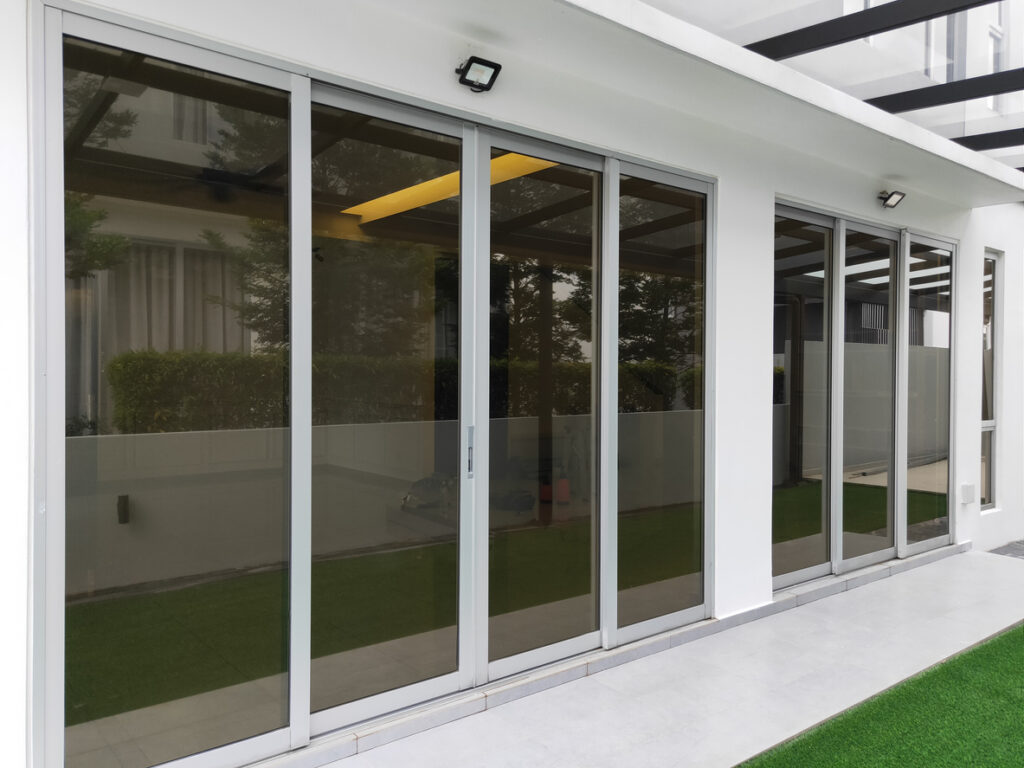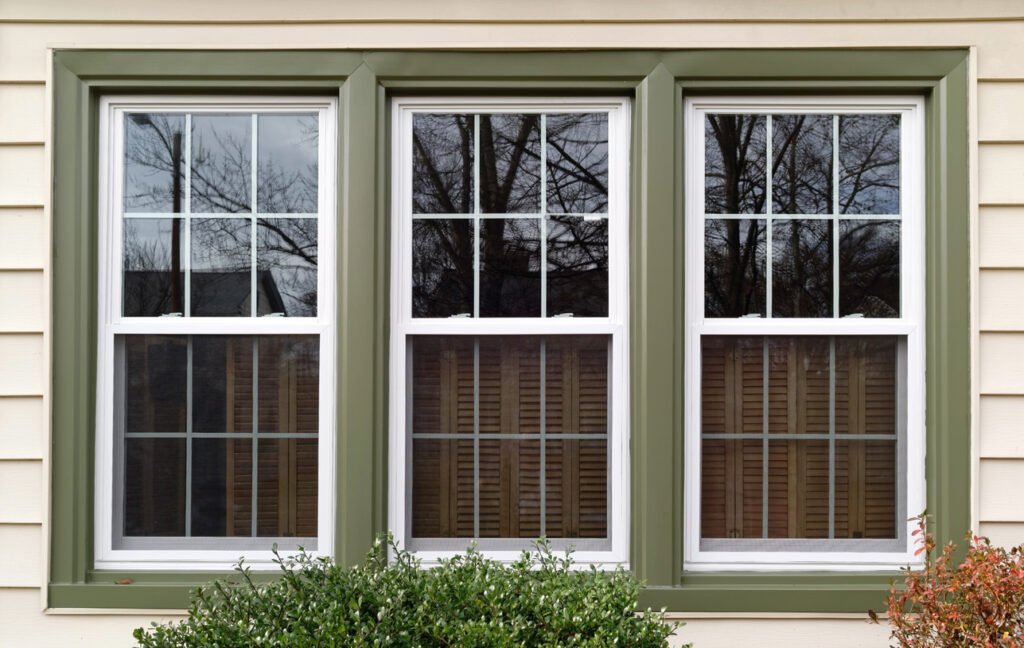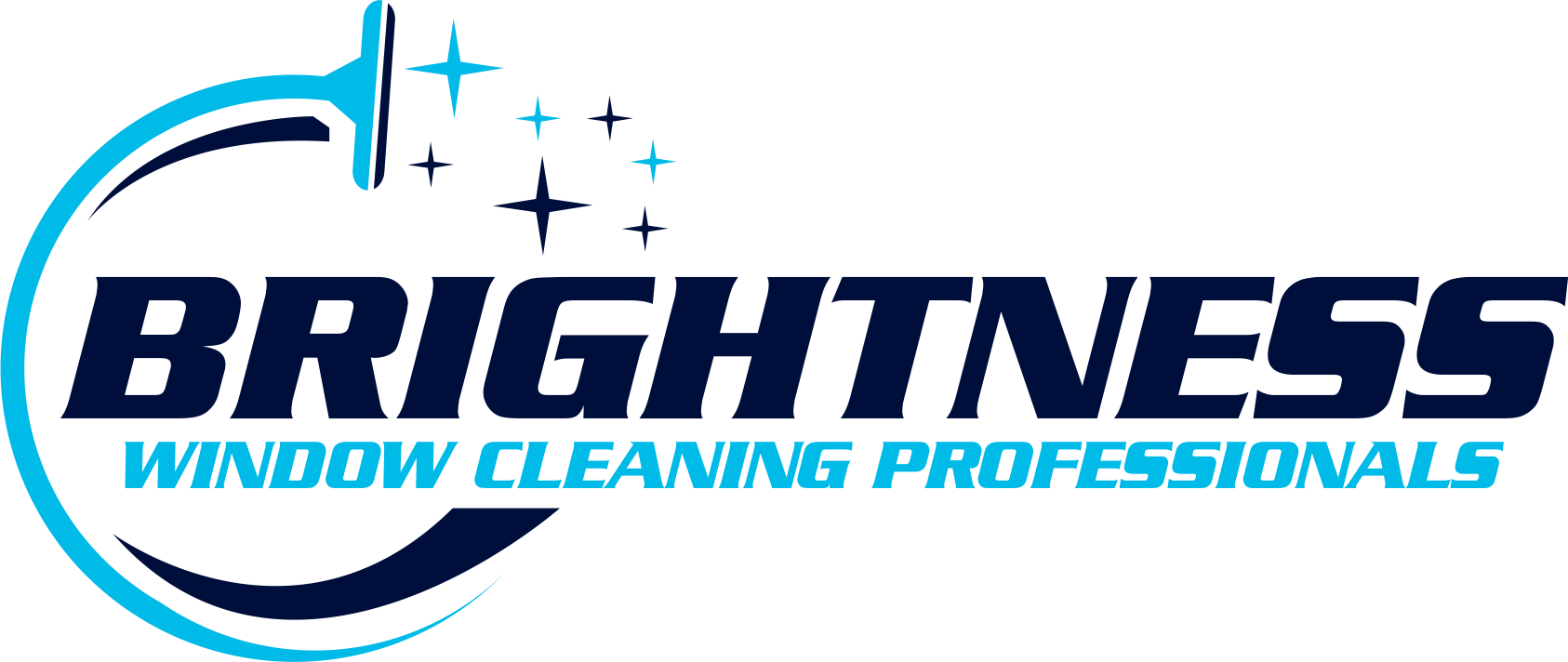Looking for tinted window cleaning techniques that won’t damage your investment? Cleaning tinted windows requires special care and knowledge to maintain their appearance and functionality. As experts serving Bergen County and surrounding areas, at Brightness window cleaning, we’ve mastered the art of streak-free tinted windows through years of experience.
Tinted windows add value and comfort to your home or vehicle, but improper cleaning can lead to scratches, bubbling, or peeling. Let’s dive into everything you need to know about professional window tint maintenance.
What we will cover in this article

Why Ammonia-Free Cleaners Are Essential for Tinted Windows
The number one rule of window tint care? Never use ammonia-based products.
Ammonia is toxic to window film and can break down the adhesive, causing discoloration and eventual peeling. This chemical reaction is permanent and irreversible.
Instead, opt for ammonia-free tinted window cleaners specifically formulated for film-covered glass. These gentle solutions effectively remove dirt without compromising the integrity of your tint.
Many homeowners in Orange County have learned this lesson the hard way, calling us after using household glass cleaners that contained hidden ammonia. Once the damage occurs, complete replacement is the only solution.
You can find quality ammonia-free cleaners at Lowe’s or specialized automotive shops. Look for products that explicitly state “safe for tinted windows” on the label.

The Perfect Step-by-Step Technique for Streak-Free Results
- Start with a cool surface. Never clean tinted windows in direct sunlight or when the glass is hot.
- Spray your ammonia-free cleaner onto a microfiber cloth, not directly onto the window. This prevents liquid from seeping under the edges of the film.
- Wipe in a horizontal motion first, then follow with vertical strokes for complete coverage.
- Use a second clean, dry microfiber cloth to buff the window dry immediately after cleaning.
- Pay extra attention to the edges, where dirt and cleaning solution can accumulate.
This method works perfectly for both residential and commercial properties. We use this exact technique when servicing homes in Saddle River, where many properties feature custom tinted windows for privacy and UV protection.
For particularly stubborn spots, a 50/50 mix of distilled water and white vinegar makes an excellent DIY tinted window cleaning solution. Just remember to dry thoroughly to avoid streaking.
Want to leave it to the pros? Check out our home cleaning services for expert assistance.
Getting streak-free tinted windows isn’t just about the products you use—technique matters just as much.

Common Tinted Window Cleaning Mistakes That Cause Permanent Damage
Avoid these critical errors to protect window film while cleaning:
- Using abrasive tools like paper towels, newspapers, or rough cloths that scratch the film
- Applying excessive pressure when wiping, which can create bubbles or tears
- Using hot water, which can warp the film or loosen the adhesive
- Cleaning with any product containing alcohol, vinegar, or citrus (except for the diluted vinegar solution mentioned above)
- Scraping at stuck-on debris with sharp objects
- Using steam cleaners, which introduce too much heat and moisture
A client in Bergen County once tried using a magic eraser on their tinted windows, resulting in permanent cloudy patches across the film surface. Remember that even mild abrasives can damage window tint.
Our soft wash roof cleaning principles apply to window tint too—gentle products and techniques always yield the best results.
The Ultimate Toolkit: What You Need for Professional-Quality Cleaning
The best products for tinted glass aren’t necessarily expensive, but they are specific:
- Ammonia-free glass cleaner (like those available from Amazon)
- At least 3-4 clean microfiber cloths (never reuse without washing)
- Spray bottle for DIY cleaning solutions
- Soft squeegee with rubber blade for larger surfaces
- Distilled water (tap water can leave mineral deposits)
- Microfiber mop for hard-to-reach tinted windows
- Storage container to keep supplies clean between uses
Quality microfiber cloths are essential—you can find excellent options at Uline in bulk, which is especially useful for regular maintenance.
Professional window tint maintenance isn’t about fancy gadgets—it’s about having the right basic tools and using them correctly.
When to Schedule Cleaning: Optimal Timing for Tinted Window Maintenance
Timing matters when it comes to cleaning tinted windows:
Clean your tinted windows every 1-2 months for optimal results. More frequent cleaning prevents buildup that requires aggressive techniques.
Avoid cleaning newly installed tint for at least 30 days to allow proper curing.
Choose cloudy days or early mornings/evenings when the sun isn’t directly hitting the windows.
Schedule professional cleanings twice yearly for a thorough maintenance check.
Residents in Orange County often schedule their Brightness tinted window cleaning service in spring and fall, avoiding the extreme temperatures of summer and winter.
After severe weather events, inspect and clean your tinted windows to remove any debris that could cause scratching.
Check out our comprehensive services for all your window maintenance needs. We also provide roof soft wash services, power washing services and gutter cleaning for your ultimate home maintenance needs.

FAQ: Your Tinted Window Cleaning Questions Answered
Can I use Windex on tinted windows?
No. Most Windex formulas contain ammonia, which will damage window tint. Always use ammonia-free cleaners specifically formulated for tinted glass.
How can I tell if my window cleaner is safe for tint?
Check the ingredients list for ammonia, alcohol, or vinegar. The product should explicitly state it’s safe for tinted windows or window film.
Why do my tinted windows look streaky after cleaning?
Streaking usually happens when the cleaning solution dries before being wiped away, when using tap water that contains minerals, or when using inappropriate cloths. Always dry immediately with a clean microfiber cloth.
Can professional window cleaners safely clean my tinted windows?
Yes, but make sure they have experience with tinted windows. At Brightness Window Cleaning, we specialize in streak-free tinted windows throughout Bergen County and surrounding areas. Get a free window cleaning estimate with our easy quote form.
How do I remove water spots from tinted windows?
For mineral deposits, mix equal parts distilled water and white vinegar, apply with a microfiber cloth, and immediately dry with a second cloth. For persistent spots, professional help is recommended.
Window tint care doesn’t have to be complicated. With the right tools, techniques, and timing, you can maintain your tinted windows’ appearance and functionality for years to come. When in doubt, trust the expertise of professionals who understand the unique challenges of tinted window cleaning techniques.

